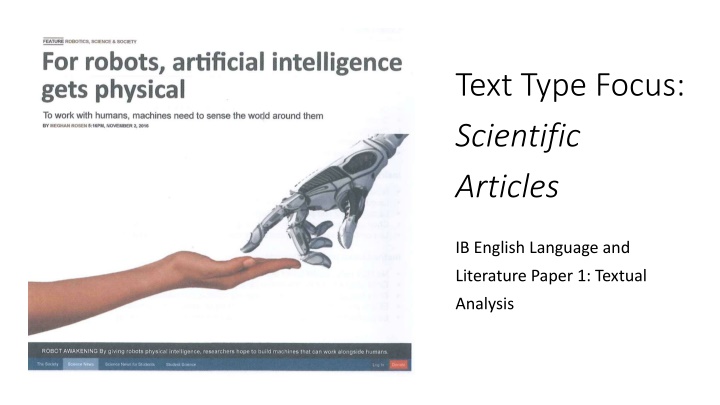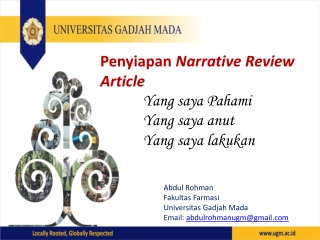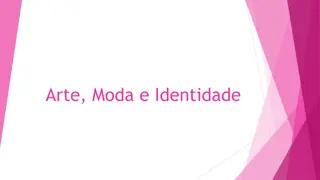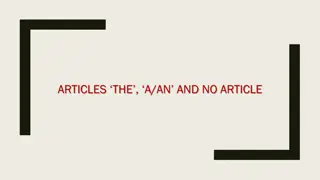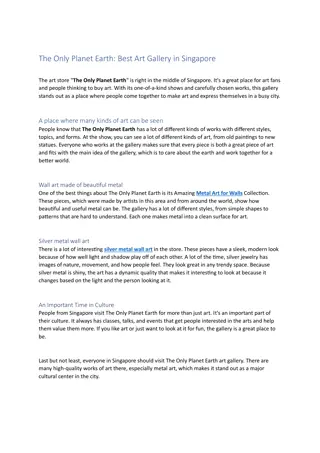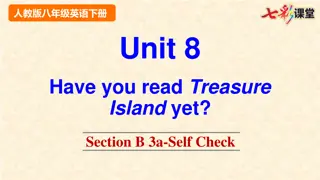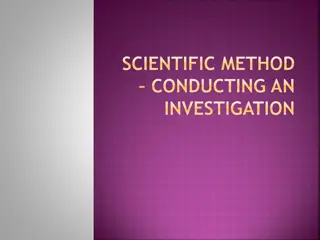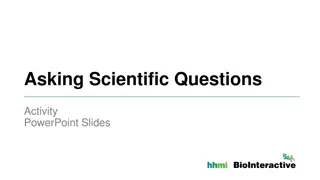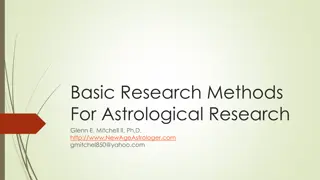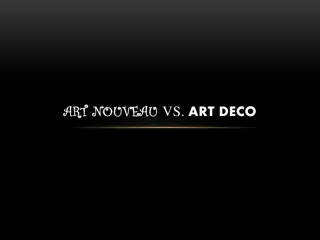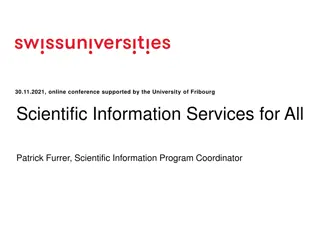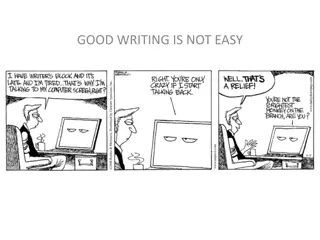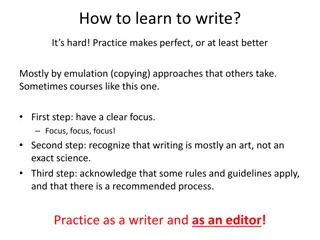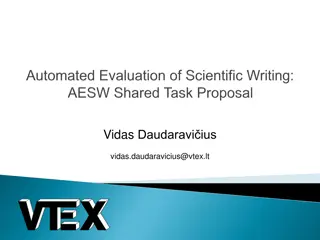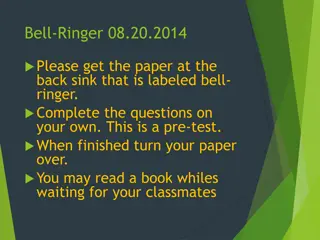Unveiling the Art of Scientific Article Writing
Delve into the world of scientific articles in IB English Language and Literature Paper 1. Understand the purpose, use of language, comparisons, and visuals in scientific writing. Explore how these elements engage readers and simplify complex concepts through examples like stethoscopes and swamp water experiments. Gain insights into the strategies employed to make scientific articles informative and interesting for a wide readership.
Download Presentation

Please find below an Image/Link to download the presentation.
The content on the website is provided AS IS for your information and personal use only. It may not be sold, licensed, or shared on other websites without obtaining consent from the author.If you encounter any issues during the download, it is possible that the publisher has removed the file from their server.
You are allowed to download the files provided on this website for personal or commercial use, subject to the condition that they are used lawfully. All files are the property of their respective owners.
The content on the website is provided AS IS for your information and personal use only. It may not be sold, licensed, or shared on other websites without obtaining consent from the author.
E N D
Presentation Transcript
Text Type Focus: Scientific Articles IB English Language and Literature Paper 1: Textual Analysis
Purpose General interest articles are intended to inform a wide readership about a variety of topics linked to science, technology, nature and the environment. Famous sources for scientific articles include magazines such as National Geographic, Cosmos, Nature, New Scientist, and more. As an adjunct to being informative, scientific articles also attempt to interest the reader in their subject matter. By engaging a reader in an interesting way, it is more likely that the reader will be open to the more difficult concepts the article might contain.
Writing about scientific topics necessitates the use of scientific language. You can expect to find technical language and topic-specific vocabulary in scientific articles. Diction Diction You might encounter some jargon, which is language that is difficult to understand for readers outside the subject area. A text with lots of jargonwill certainly have a niche audience. However, scientific articles for a general readership will not be too difficult to understand. While the registermight be academic, the diction will be less technical. Compare the use of diction in these two articles: the first is about Stethoscopes; the second about an experiment using Swamp Water. Which text is easier to understand? Why? Can you describe the readership of each?
Comparisons Comparisons You may have noticed the use of comparisons in the text about Stethoscopes. Comparison is a way of helping a general readership understand more difficult concepts. Literary comparisons such as similes and metaphors are actually quite common in scientific articles. Look again at the stethoscope article by Gavin Harris. Could you explain the use of comparisons in this text?
Visuals Visuals A common saying is a picture is worth a thousand words, and that is true in scientific articles as well as other text types. Expect photographs, maps, diagrams, and other types of images to accompany the text, helping you visualize topics and understand concepts. Look at this extract from a longer text on the life cycle of thunderstorms. How do the visuals help you understand the information in the text? Are there any specific words and concepts the visuals help you decode?
Another type of visual you might expect to see in a scientific article is the chart or graph. Graphs often help simplify complex topics for the reader or present complex data in a simple Charts and Graphs Charts and Graphs form that is easier to digest than blocks of text. These graphs are taken from an article about permafrost. What information do the two graphs help you to understand in an efficient way?
You may have already noticed that Structural Features Structural Features simplification is a major feature of general interest scientific articles. You might also see particular features of structure and layout contributing to this effect: box-outs, bullet points, summaries and the like might all be employed to help important information stand out and be easily read. Notice how this National Geographic article (about the journey of water molecules across the universe) is prefaced by a box out that presents key information in a simplified form. You would expect the following text to provide more detail about how water molecules traveled from a comet to the ink on this page .
Credibility Credibility What is the source of the article? Is it from a reputable magazine or is it a blogpost? Who is the writer of the article? Are outside sources or links to follow-up information included? Different texts establish credibility in different ways. Scientific texts are made credible through the presentation of facts and statistics, through a factual tone, and by the inclusion of expertise. How does this text by James Randerson build credibility?
Your Turn Your Turn Study this text, an article from Science News published in 2016. Answer the guiding question: In what ways is this text constructed to appeal to a wide audience?
